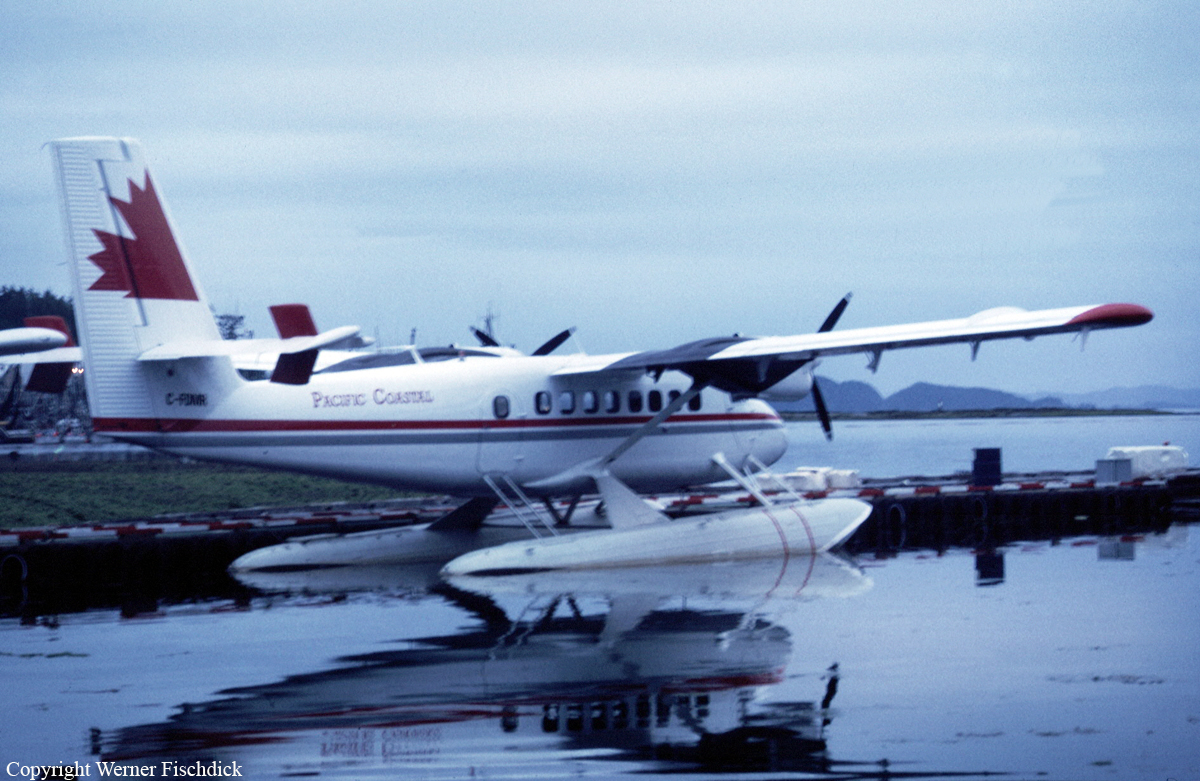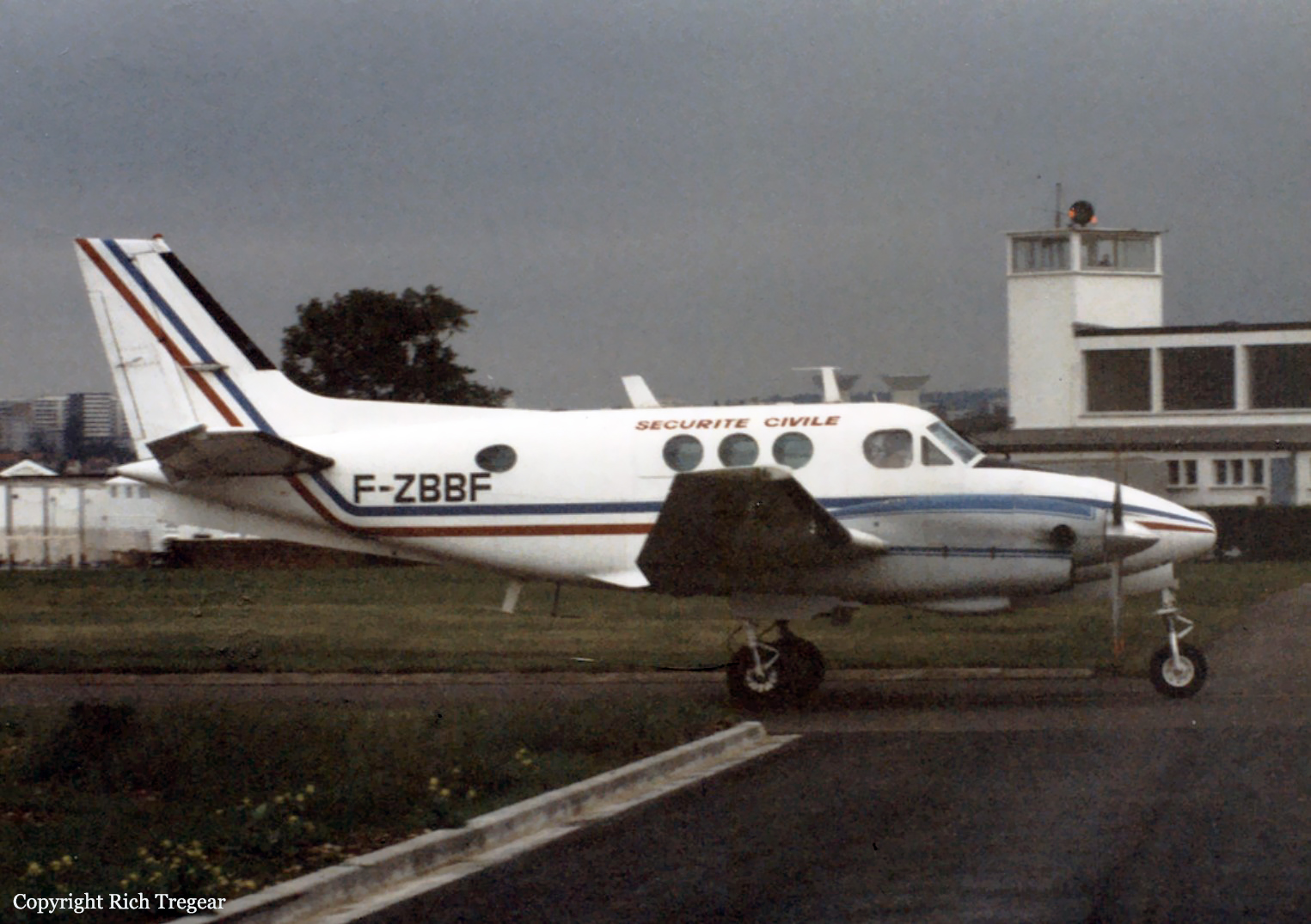Crash of an Antonov AN-26 in Oradea
Date & Time:
Sep 20, 1994
Registration:
508
Survivors:
Yes
Schedule:
Oradea – Bucharest
MSN:
25 08
YOM:
1974
Crew on board:
6
Crew fatalities:
Pax on board:
5
Pax fatalities:
Other fatalities:
Total fatalities:
0
Circumstances:
During the takeoff roll at Oradea Airport, the flight engineer under training prematurely retracted the landing gear. The aircraft sank on its belly and skidded on runway before coming to rest. All 11 occupants evacuated safely while the aircraft was damaged beyond repair.
Probable cause:
Premature retraction of the undercarriage during takeoff.









